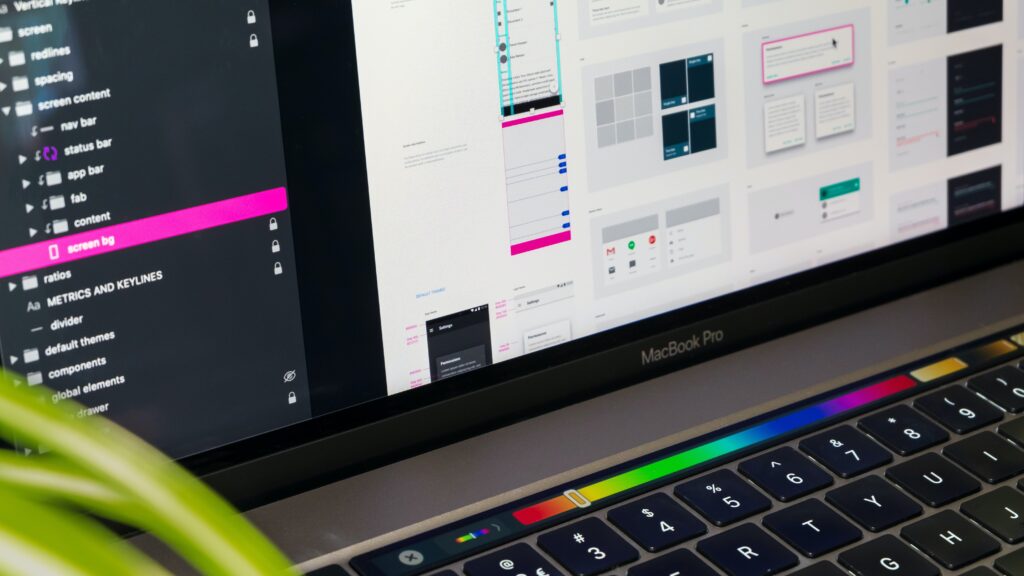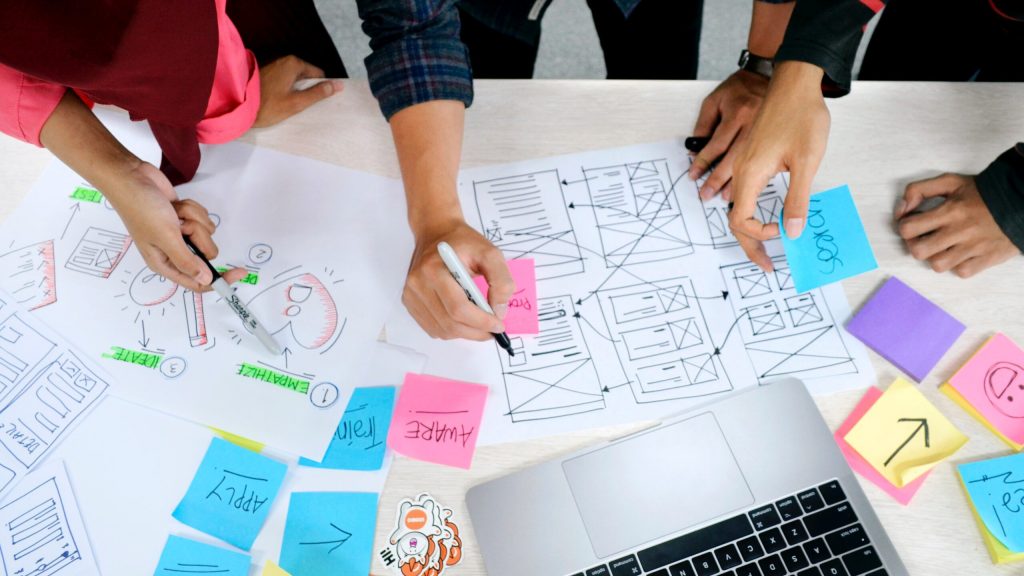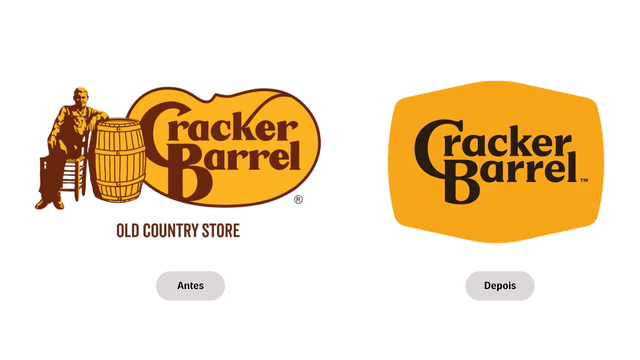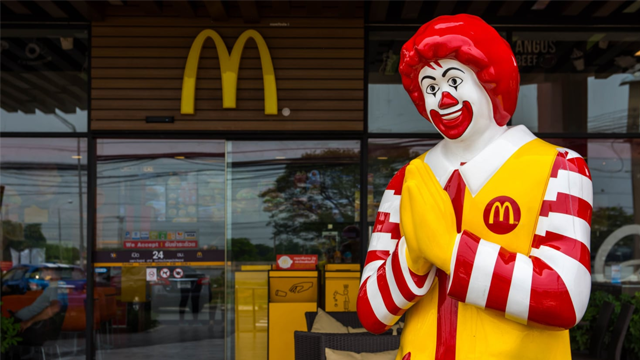Why should small and medium-sized business invest in design?
You know that design can help you when:
- Your customer doesn’t really know what you do;
- You feel like your brand doesn’t convey the professionalism you’d like;
- Your customer doesn’t perceive the value in your product before actually trying it…
You know when you face a major problem that could have easily been avoided with a more careful exchange of information?
This is exactaly the function of graphic design: to make a message as clear and free from noise as possible, reforcing, above all, its most relevant and differentiating points.
É por isso que quem opta pela solução mais rápida, barata e menos personalizada para sua marca, e comunicação visual (como um design pronto da internet ou um projeto desenvolvido sem pesquisa e sem conhecimento de mercado) já fica alguns passos atrás do seu concorrente na busca por espaço de mercado e um lugar cativo na mente do cliente. Já parou para pensar nisso?
Se você nunca deu a devida importância a esse assunto, vou te ajudar a entender por onde começar, hoje especialmente para você que vende produtos.


How to differentiate yourself from the competition?
Your products don’t look as attractive as the competition’s. Where to start?
Of course, ideally, design should be a concern from the very beginning of a business. This way, you are guaranteed that you are building a strong and cohesive universe of images in your client’s mind. After all, the more you reinforce your logo, your colors, your typography, illustrations, textures and any other sensorial experiences in your interactions with your client, the more you will be remembered by him and this, of course, converts into tangible results for you.
A good designer must think about the strategy and positioning of his brand in the market, seeking to make it attractive and differentiated from the beginning, but we know that it is not always possible to start thinking and investing in all of this. So how to go after this damage?
The formula to answer this question is almost mathematical: always start with the element that is most frequently in contact with your audience. In the case of products sold in physical stores, their packaging will most likely be the key communication element. Something that everyone necessarily evaluates at the time of purchase, so start there.
In the case of online stores, within this same logic, perhaps your social networks or website are more important than the packaging at first, so the list of priorities may change a little. In this case, it might be more strategic to start with a brand redesign or just a more elaborate photo shoot.
When do I need to redo my logo?
One element that always deserves close attention is your product logo. He’s a key element: the one that will instantly pop into your audience’s head when they think of you. Evaluate if it communicates the desired attributes, if it transmits confidence and credibility and if the visual identity (letters, colors, textures and shapes) help to reinforce this message. Also evaluate whether it is easily recognizable in different contexts, especially at a distance and in reduced sizes. If the answer to these questions is no, it is very possible that you need a more complete redesign of your identity.
What to prioritaze with a limited budget?
If you sell food or drinks, cosmetics, cleaning products or any other product that will compete with similar ones on a shelf (physical or virtual), you need to pay attention to your packaging. Not only for your product to stand out from competitors, awakening a different emotion or highlighting a unique attribute, but mainly because the buying process is a journey.
Calm down, I’ll explain. Good packaging features a set of easily decodable and memorable visual elements. There is no point in presenting dozens of benefits at once, without first ensuring that the public will be attracted to reading this information on the label. Therefore, if your brand is not yet well known enough to endorse the purchase of a new product, start by investing in its packaging.
Together with a specialized designer, ensure that your entire packaging system makes sense, highlights the right information and that all products, even if they are part of different lines, share the same language or structure.
In this way, you will start your customer’s journey well and ensure that after trying and liking Product A, he will recognize your brand standards in Product B as well. Automatically, he will transfer that first experience to the second product as well and, being positive, will be encouraged to try it too.
Once these patterns become stronger in your audience’s mind, the brand becomes one more piece of the puzzle. It’s still important, but it doesn’t have to be the only element responsible for your client’s recognition anymore. Everything needs to be part of a great system, very well structured.
Ensuring the cohesion of your visual identity across different products from the same brand is therefore a great strategy and your decision on a redesign should always take this into account.


